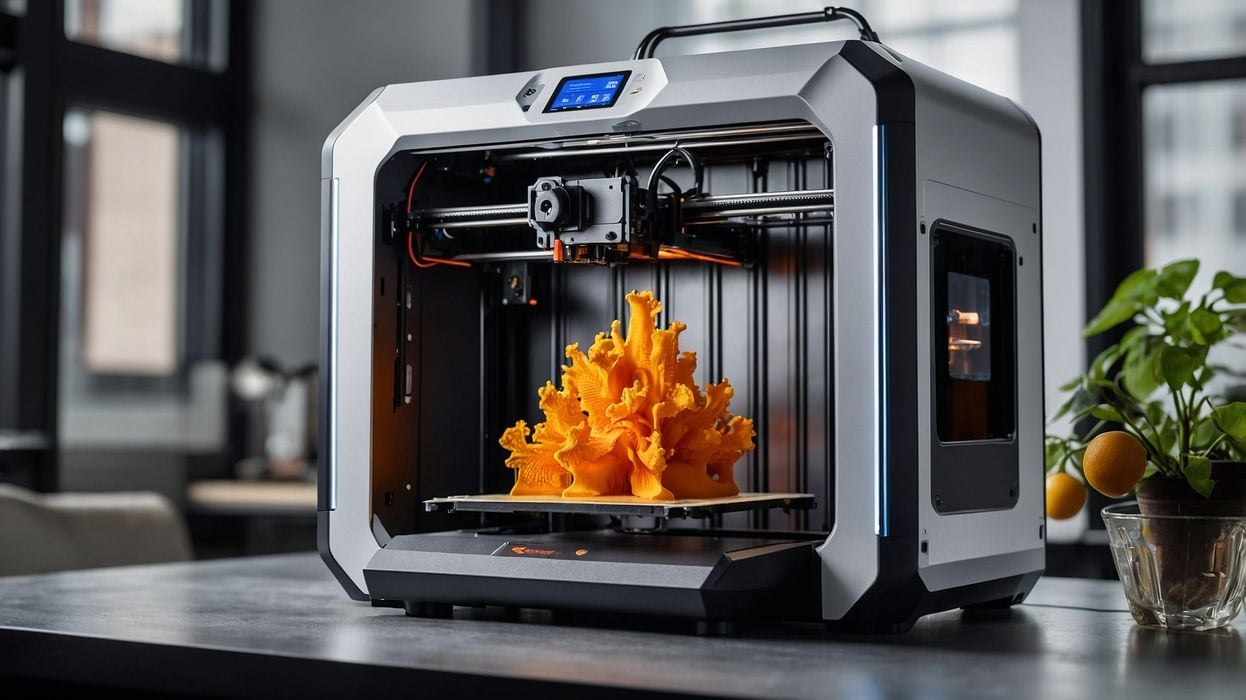
I’m seeing what I think is a bit of a transformation of the desktop 3D printer market: buyers are beginning to have different goals.
Desktop 3D printers have been around since about 2009, when the initial patents for FDM expired, leaving the market open for the development of inexpensive FFF devices. Later, resin 3D printers emerged. Both of these types of devices landed in a global tech market of both individuals and companies.
From the beginning there was always two basic types of desktop 3D printer goals: making parts for some purpose, and making the machine itself work better.
You’ve definitely seen this: there are people rapidly punching out parts for their latest machine, and others who, once again, are upgrading their machine with the latest extruder, print plate, software, cooling ducts, spool holder, etc.
Both of these are OK. Everyone has goals and they do what they need to achieve them. You may be in one camp or the other, or at times switch between them based on circumstances of the day.
Changing Goals
Lately, however, I am seeing an increasing number of discussion threads on various platforms that are saying something like this:
“I’m now tired of constantly upgrading, fixing and tweaking my old Ender-3 and thinking of switching to a Bambu / Prusa / etc machine so I don’t have to worry about the machine and just make parts.”
The Creality Ender-3 variants were the most popular machine around a few years ago and many thousands were sold. For many it was their very first experience in the world of 3D printing.
However, machines of a few years ago were quite primitive compared to today’s options. They really did require a lot of care and tweaking in order for them to work reliably. There are entire communities dedicated to modifying these machines to make them work better.
Then over a year ago Bambu Lab introduced their equipment with the X1C, and followed up with several other models, including the inexpensive A1 Mini. These machines were not only far faster to print, but also were able to produce very high quality prints with almost no tweaking or modifications. Quite a change from the DIY world of the older Ender-3 machines.
A year later we now see a number of Ender-3 operators reconsidering their goals with their 3D printer. They are no longer satisfied with tweaking. This is quite understandable: if you can tweak a machine to make it better than anything you can buy, great. If your tweaks don’t reach the capabilities of new alternative equipment, then why are you doing them? For many people, a few years of machine tweaking may have made them realize it’s not as much fun as it once was.
Shift Towards 3D Printing
I see this as the beginning of a shift away from the DIY world of desktop 3D printing. No, I don’t mean that DIY goes away — it will always be there, but in a smaller space. The majority of buyers from this point forward are likely to be of the “I want to print parts” type, not the “I want to modify machines” type.
Where is this heading? I would look at the 2D printer world. Everyone has a paper printer, and virtually no one modifies them. They are effectively black boxes that just do what they are told, and rarely break down.
That could be the desktop 3D printer market in several years, if the current trends in technology development and operator goals keeps its trajectory.
Which side are you on? Modify or Print?
